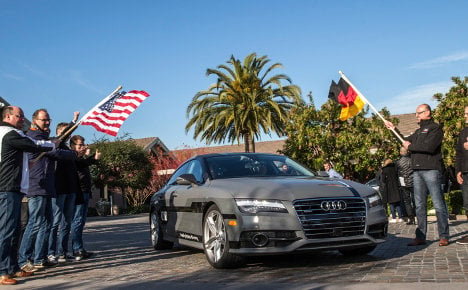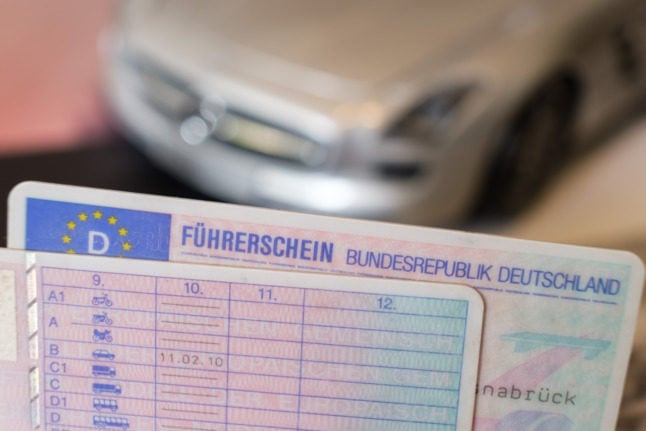“With the test drive from the west coast of California to Las Vegas we're demonstrating our leading role in the area of self-driving cars”, Audi technical development director Professor Dr. Ulrich Hackenberg said in a statement.
The prototype, an Audi A7 nicknamed “Jack” by engineers, can drive itself at up to 110 km/h on motorways, performing lane changes and overtaking automatically, the company said.
Standard sensors such as radars, as well as some that will be installed on future models, including a 3D camera and a laser scanner, allow the car to match its speed to others around it and to perform road manoeuvres.
Human drivers take back control from the automatic systems before entering built-up areas, which are currently too complex for the car to navigate by itself.
If the driver ignores the signals to take back the wheel, the car automatically brings itself to a stop on the hard shoulder.
Gold rush for networked cars
This year's CES will see numerous companies showing off their self-driving and networked vehicles, with German manufacturers Audi, BMW and Volkswagen particularly keen to show off their prowess.
Car-makers have flocked to the show in recent years, hoping to impress consumers and meet new business partners in the hectic flurry of hotel-room meetings, as drivers increasingly demand high-tech features in their rides.
A 2013 survey by Accenture showed that 39 percent of US car buyers said technology was their top selling point.
At last year's show, Audi's self-driving car made a short trip through Las Vegas, but the company is hoping to make a bigger impression this time around with its long-distance trek.
“CES has definitely become an A show”, Audi spokesman Brad Stertz told Bloomberg.
“It's important now more than ever, especially in the luxury segment, to be seen as a technology leader.”



 Please whitelist us to continue reading.
Please whitelist us to continue reading.
Member comments